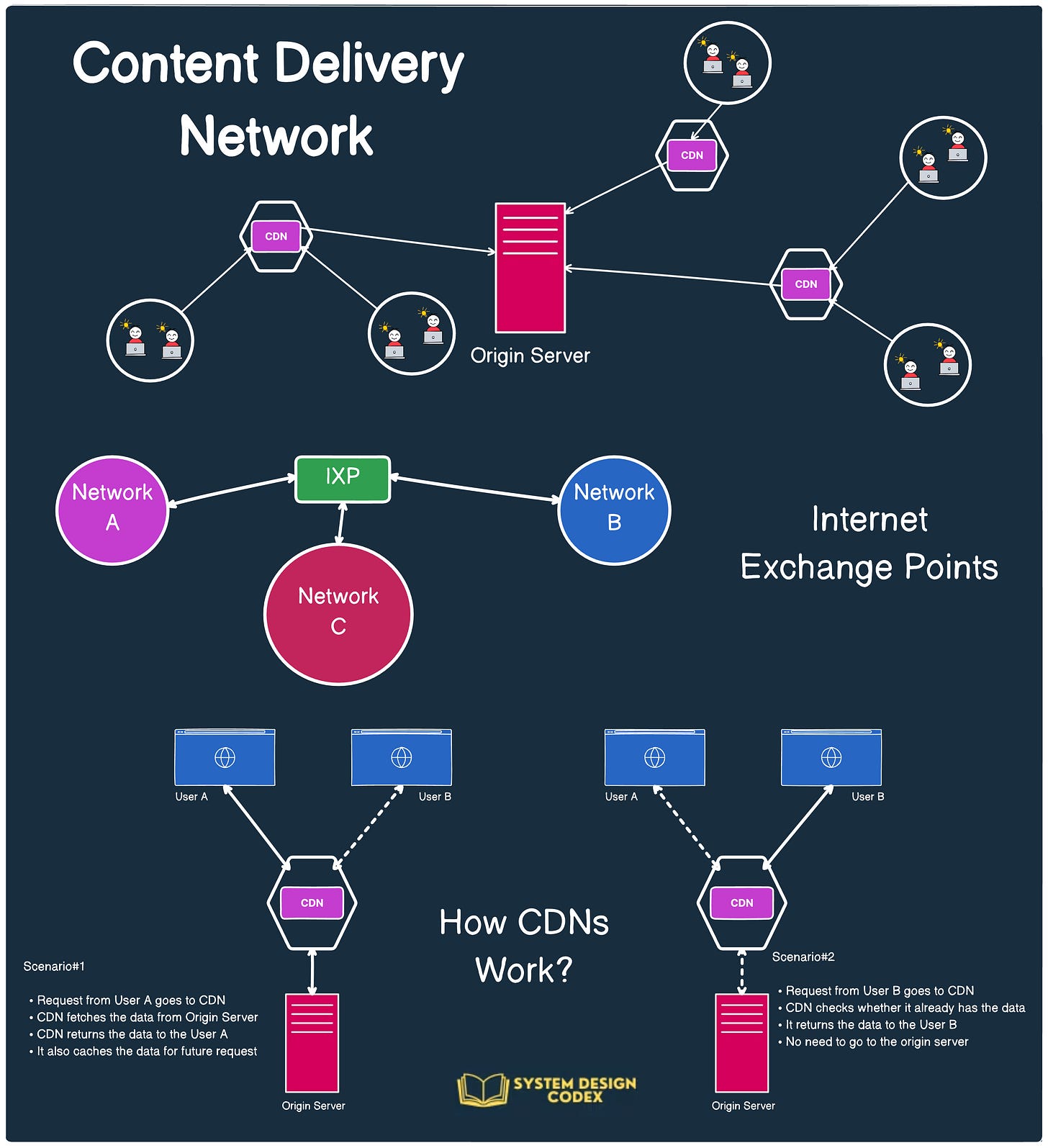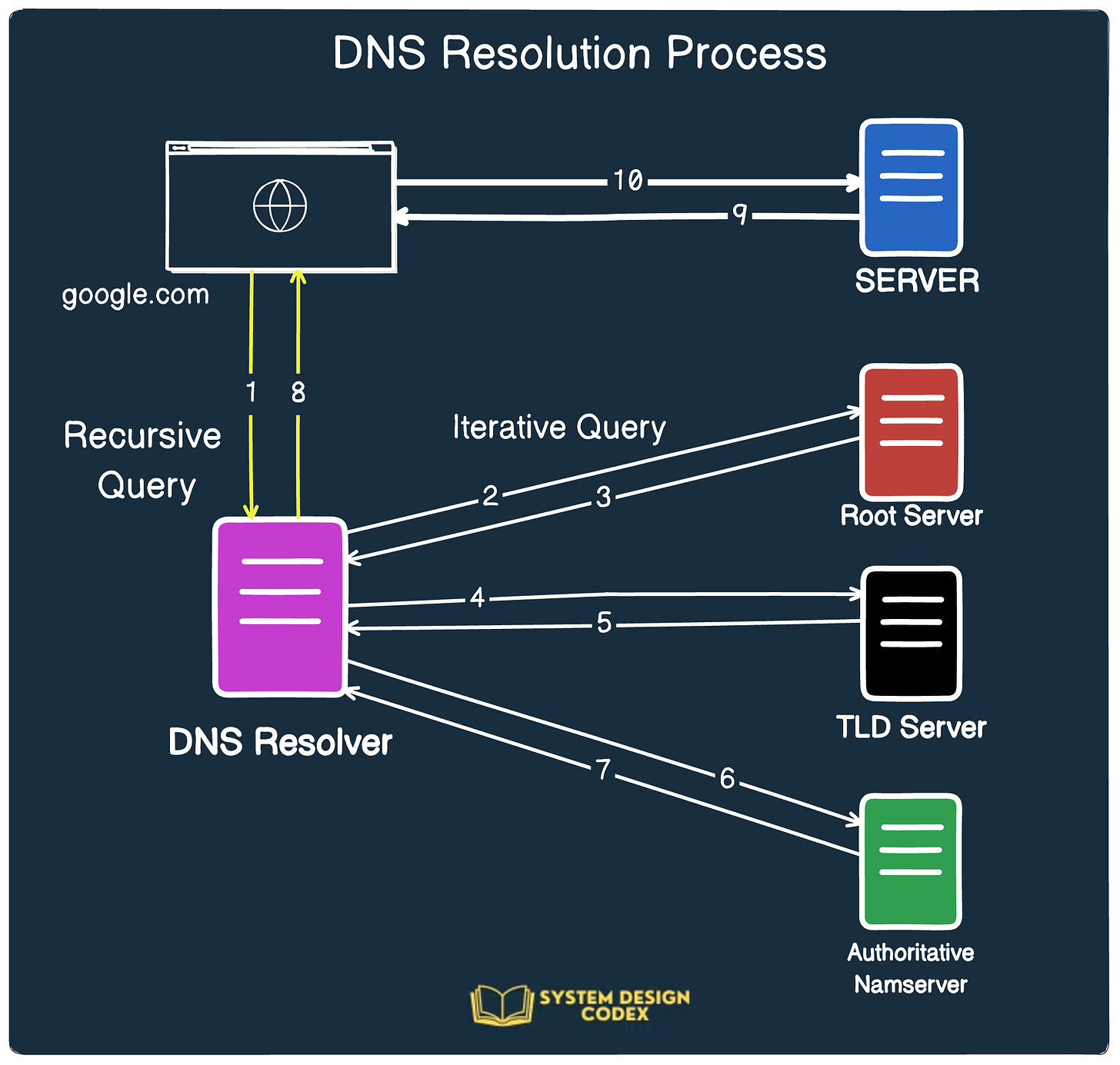Things to Know as a Software Architect
A mental map that can help you
Becoming a software architect isn’t about memorizing buzzwords or collecting certifications—it’s about building a broad and deep understanding of how systems work, how they grow, and how to design them for the future.
Whether you're an experienced engineer aiming to level up or just starting to think like an architect, there are some fundamental areas you should explore. Think of this as a map—not a strict checklist. You don’t need to learn everything at once, but you do need to know where to go.
Let’s explore the key pillars every software architect should master.
1 - Master a Programming Language
You don't need to know every language out there. But you must try to go deep in one or two—to the point where you can write clean, efficient, idiomatic code and understand the runtime, memory model, and concurrency behaviors.
Popular choices: Java, Python, Golang, JavaScript/TypeScript.
Why it matters: Architects often guide implementation details, set standards, and debug production issues. You can’t do that if you don’t know how the code works.
2 - Learn the Tools of the Trade
Modern architecture is supported by a rich ecosystem of tools that help you deliver faster and smarter.
Version Control & CI/CD: GitHub, GitLab, Jenkins, GitHub Actions.
Monitoring & Logging: ELK Stack (Elasticsearch, Logstash, Kibana), Prometheus, Grafana.
Code Quality & Workflow: SonarQube, Jira, Postman.
As an architect, you should understand how these tools integrate into delivery pipelines and how to use them for diagnostics and quality control.
3 - Understand Software Design Principles
Design principles are the foundation of sustainable codebases.
OOP & SOLID principles: Encapsulation, abstraction, inheritance, and polymorphism help structure reusable and maintainable code.
TDD (Test Driven Development): Write tests first to build confidence and avoid regressions.
DDD (Domain Driven Design): Structure your system around the business domain to reduce complexity.
Clean Code & MVC Pattern: Readable, well-structured code leads to fewer bugs and faster onboarding.
CAP Theorem, ACID Properties, and Design Patterns (GoF): These help in evaluating tradeoffs when designing data systems or distributed services.
4 - Grasp Core Architectural Patterns
Software architects must be able to apply the right architecture model based on the context.
Microservices: Break down systems into independent services for agility and scalability.
Event-Driven Architecture: Build loosely coupled systems that react to events in real-time.
Layered Architecture: Separate concerns like UI, business logic, and data access.
Hexagonal (Ports & Adapters), Client-Server, Pub/Sub, Serverless—each has tradeoffs around performance, scalability, and maintainability.
A good architect knows when not to use microservices, just as much as when to use them.
5 - Develop Platform Knowledge
You’ll often design for multiple platforms—cloud, on-premise, hybrid—and must know the infrastructure landscape.
Containers and Orchestration: Docker, Kubernetes.
Cloud Platforms: AWS, Azure, GCP—learn services like EC2, Lambda, S3, CloudFront, etc.
CI/CD Pipelines: Automate deployments using tools like ArgoCD or GitOps.
API Gateways & CDN: Control access and deliver content efficiently.
Distributed Systems: Understand consistency models, data replication, and eventual consistency.
Being platform-aware ensures that your architecture aligns with operational realities.
6 - Dive into Data & Analytics
Data is at the heart of most applications. Architects must understand how to store, retrieve, process, and move data.
Databases: SQL (PostgreSQL, MySQL), NoSQL (MongoDB, Cassandra).
Streaming: Kafka, Pulsar for real-time data pipelines.
Storage: Object stores like S3.
Analytics & OLAP: Understand data warehousing vs transactional systems.
ETL and Data Migration: Architect for efficient, reliable data flows.
Without understanding data architecture, you’ll struggle to build systems that can scale with growing user needs.
7 - Master Networking & Security Basics
Architects often deal with networked systems, so a foundational knowledge of networking and security is non-negotiable.
Networking: DNS, TCP/IP, HTTP/HTTPS, Load Balancers.
Security Concepts: TLS, OAuth 2.0, JWTs, encryption in transit/rest.
Identity & Access Control: Role-based access control (RBAC), credential storage, API keys.
Zero Trust Architectures: Increasingly important in modern security design.
Security is not optional—it must be built into the system from day one.
8 - Cultivate Supporting (Soft + Strategic) Skills
Architecture is not just about writing code. It’s about leading through influence.
Decision-making: Choosing tradeoffs in tech, tools, design, and timing.
Stakeholder Management: Communicate with engineering, product, and business teams.
Technical Writing & Diagrams: Document systems clearly and concisely.
Mentorship & Leadership: Guide junior engineers, enforce standards.
Estimations & Planning: Help teams make realistic, achievable roadmaps.
So - drop a comment if you would like to add anything else to the list or change something?
Shoutout
Here are some interesting articles that I read this week:
That’s it for today! ☀️
Enjoyed this issue of the newsletter?
Share with your friends and colleagues.






I agree with your take, there's something called skill stacking. The strategic combination of multiple skills and concepts, rather than specializing in just one, creates a more valuable skillset. Pushing to the limits in just one won't make you the best software architect
Thanks for the mention, Saurabh!
Totally agree with the points here, Saurabh.
One thing to add: even lightweight ADRs help, just capturing why a decision was made keeps everyone aligned and saves time down the road.
Thanks for the shoutout, and keep these coming!